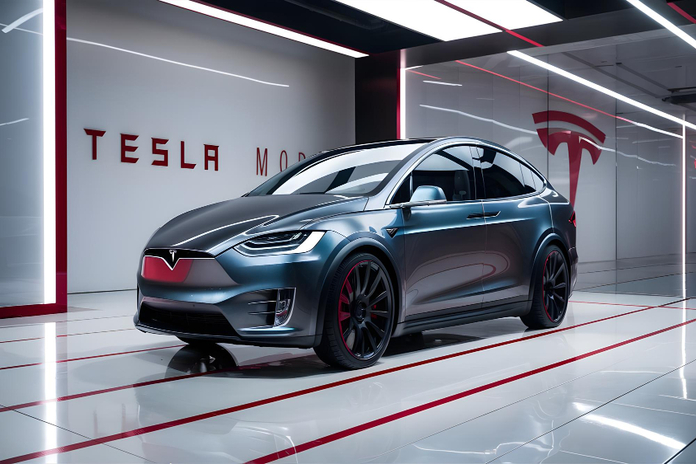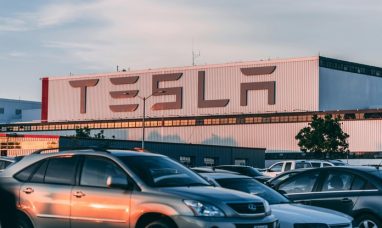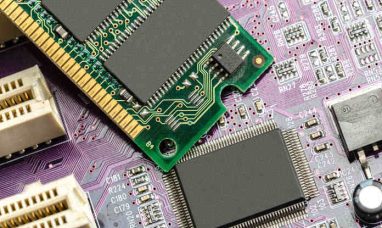Tesla (NASDAQ:TSLA), the world’s most valuable car company, recently experienced heightened attention due to insider selling plans and a pivotal Q3 earnings report. CEO Elon Musk’s leadership and Tesla’s groundbreaking advances in EVs, artificial intelligence (AI), and robotics have long polarized investors. This article examines Tesla’s recent financial results, insider selling patterns, and its long-term outlook in light of the latest market responses.
Insider Selling: Should Investors Worry?
Tesla has recently seen notable insider selling, including sales plans adopted by key figures like CEO Elon Musk’s brother, Kimbal Musk, and Tesla Chair Robyn Denholm. These insiders have set Rule 10b5-1 plans to offload around 1.13 million shares, totaling nearly $300 million if completed, prompting investor speculation on what this means for Tesla’s stock. Insider sales do not always indicate lack of confidence, as these sales are often pre-scheduled, but they have nonetheless sparked conversations regarding Tesla’s stock trajectory.
Tesla’s Q3 Earnings Beat Expectations
After four quarters of underwhelming results, Tesla’s Q3 earnings exceeded Wall Street’s expectations, marking a promising turnaround. Tesla’s revenue rose 8% to $25.2 billion, supported by increased sales across its Automotive, Energy Generation, and Services segments. Automotive revenue alone hit $20 billion, with Energy Generation jumping by 52% to $2.4 billion year-over-year. Services revenue also posted a solid 29% increase.
Tesla’s adjusted earnings per share (EPS) of $0.72 outpaced the consensus forecast of $0.59, while operating cash flow nearly doubled to $6.26 billion from the prior year. Free cash flow also saw robust growth, soaring 223% year-over-year to reach $2.7 billion. These financial gains were accompanied by strong vehicle production and delivery numbers. Tesla produced 469,796 vehicles, marking a 9% YoY increase, and delivered 462,890 vehicles, up by 6%.
Long-Term Growth Plans and Market Position
Tesla remains the dominant player in the U.S. electric vehicle market, holding over 50% market share at the end of 2023. With ambitious plans to achieve annual sales of 20 million EVs by 2030, Tesla aims for annual vehicle growth of 20-30%, including targeted deliveries of around 2.1 million vehicles for 2024 if production reaches 1.75 million units.
Beyond EVs, Tesla’s Energy and Services segments are major contributors to its financial performance. The Energy Generation division, which includes solar products and Megapack battery installations, is expanding globally with new facilities in Texas and Shanghai. Tesla’s Megapack units provide high-capacity energy storage solutions for utilities and large commercial clients, representing a growing revenue stream for the company.
Tesla is also leveraging its AI capabilities to enhance its Full Self-Driving (FSD) technology and develop the Optimus humanoid robot. These projects rely on Tesla’s extensive fleet of FSD-enabled vehicles, which collect real-world driving data to refine autonomous driving capabilities continuously. With the recent addition of a massive GPU cluster at its Texas facility, Tesla aims to reduce computing costs while furthering FSD’s development and its humanoid robotics project.
The Cybercab and New Product Innovations
Tesla recently revealed plans for the Cybercab, a pedal- and steering wheel-free robotaxi designed to enter the autonomous ride-hailing market. Targeted for production by 2026, Tesla intends to reach a yearly output of 2 million Cybercabs, though production challenges are anticipated. The new addition to Tesla’s product lineup highlights its determination to diversify its offerings and solidify its position as a leader in autonomous mobility.
Tesla’s commitment to autonomous technology extends beyond vehicles, with the Optimus robot showcasing its foray into humanoid robotics. Currently deployed in select Tesla factories, the Optimus robot is undergoing iterative improvements, similar to FSD’s data-driven refinement process. Tesla’s vast data collection network from its EV fleet enhances its robotics and AI initiatives, positioning the company as a unique player in integrating AI, robotics, and mobility.
Analyst Ratings and Stock Performance Outlook
Wall Street remains mixed on Tesla’s outlook, with a consensus “Hold” rating and growing “Buy” sentiment. Of the 37 analysts covering Tesla, 10 have a “Strong Buy” rating, and two have a “Moderate Buy” rating, while eight rate it as a “Strong Sell.” The stock has already surpassed its average price target of $215.22, though the highest target of $315 suggests further potential for gains.
As of this year, Tesla’s stock performance has remained moderate, reflecting both insider selling concerns and strong Q3 results. While the stock dipped following insider selling announcements, Q3’s operational highlights could signal positive momentum for long-term investors. Tesla’s investments in autonomous technology, energy storage, and humanoid robotics align with global trends, indicating that its growth ambitions are supported by a diversified business model.
Conclusion
Tesla continues to capture investor attention with its groundbreaking advances and ambitious targets. Despite the recent insider sales, Tesla’s strong Q3 earnings and operational achievements illustrate resilience in a competitive market. As Tesla expands its EV offerings, FSD capabilities, and energy storage solutions, it remains well-positioned for future growth. Investors should consider Tesla’s innovative approach and market leadership as key factors in its long-term potential.
Featured Image: Freepik








